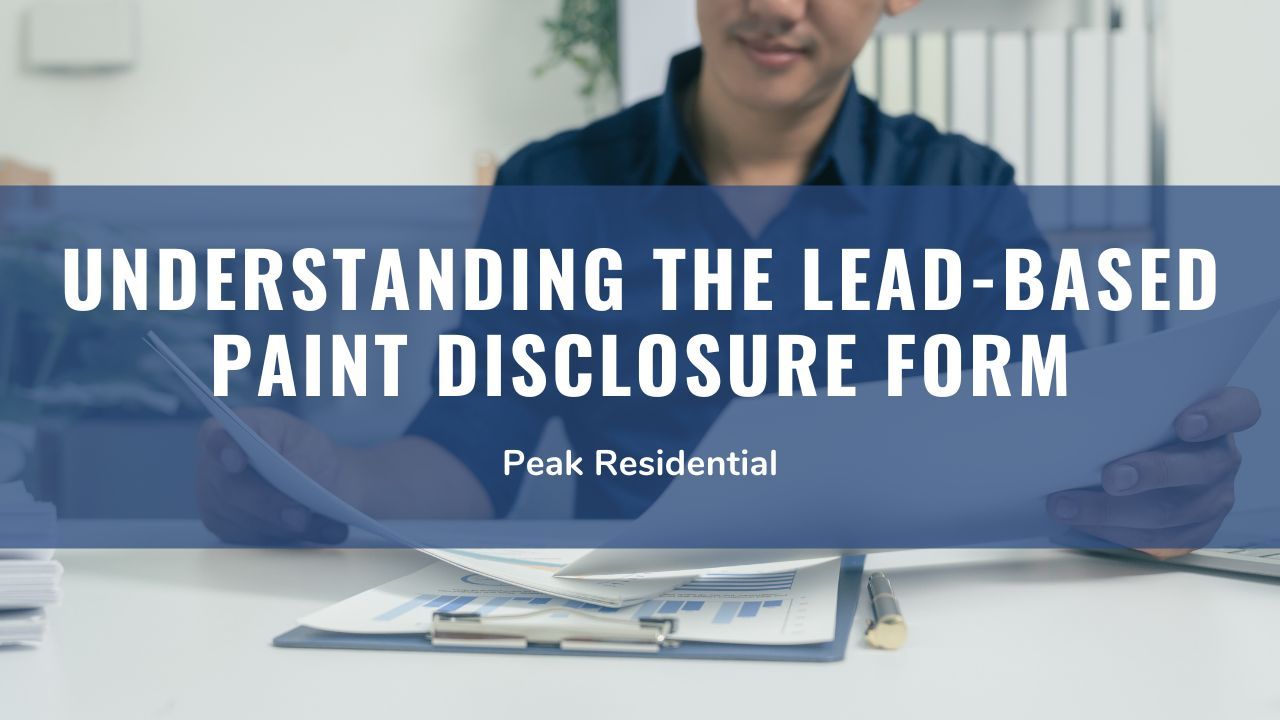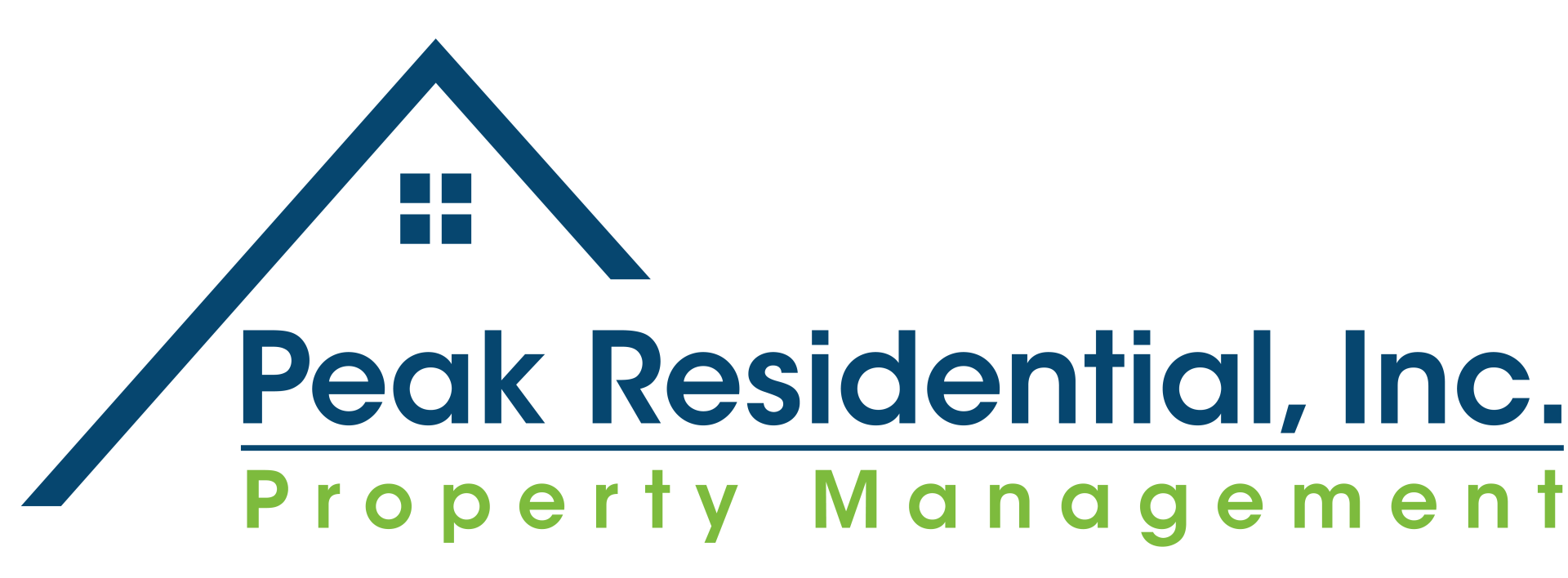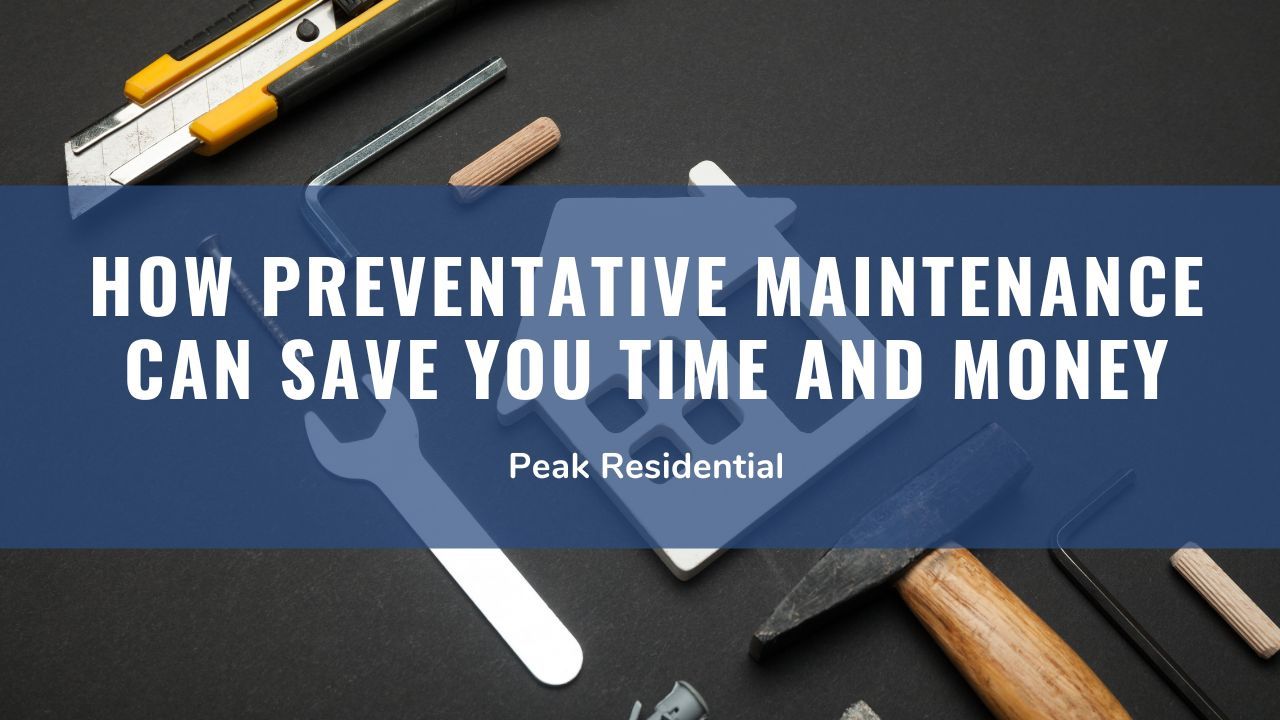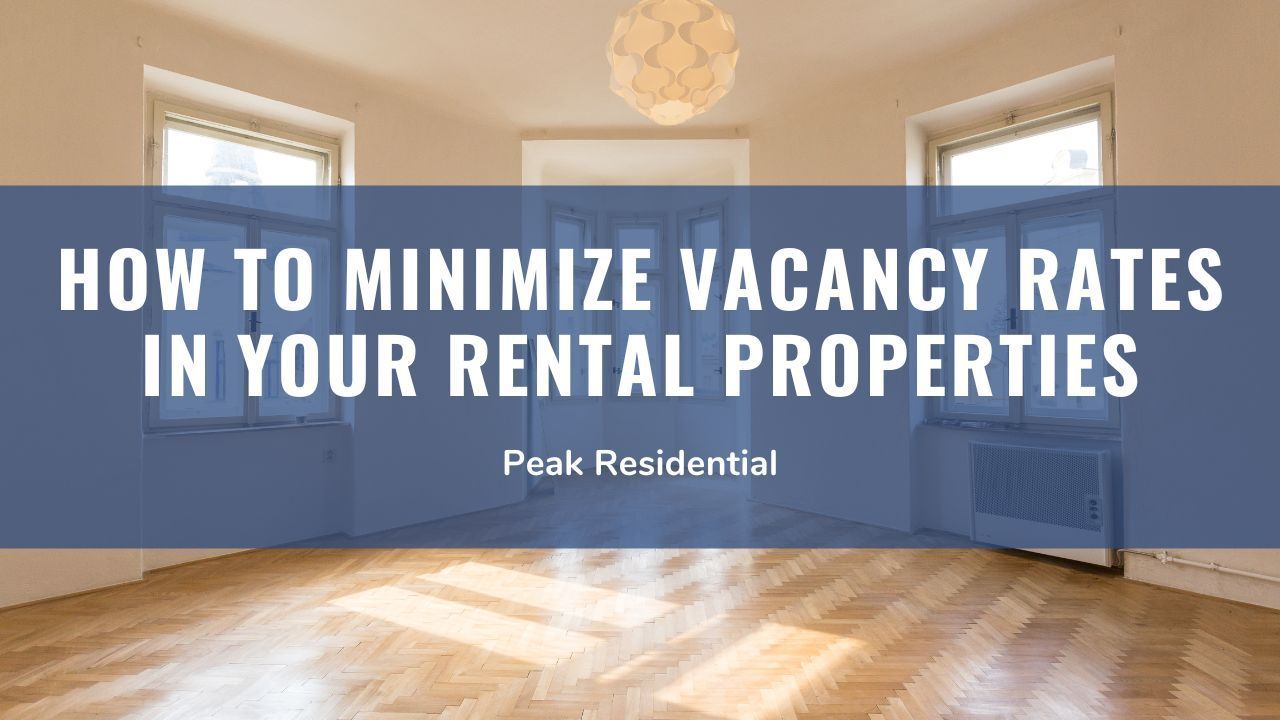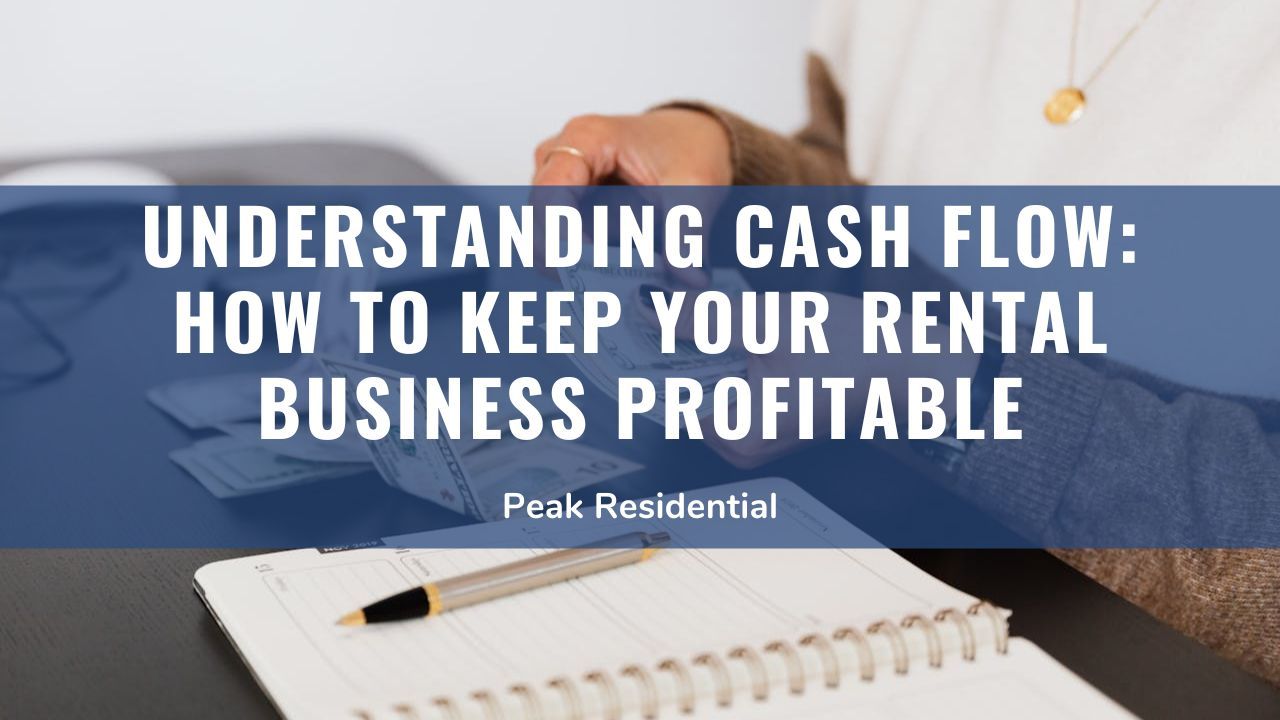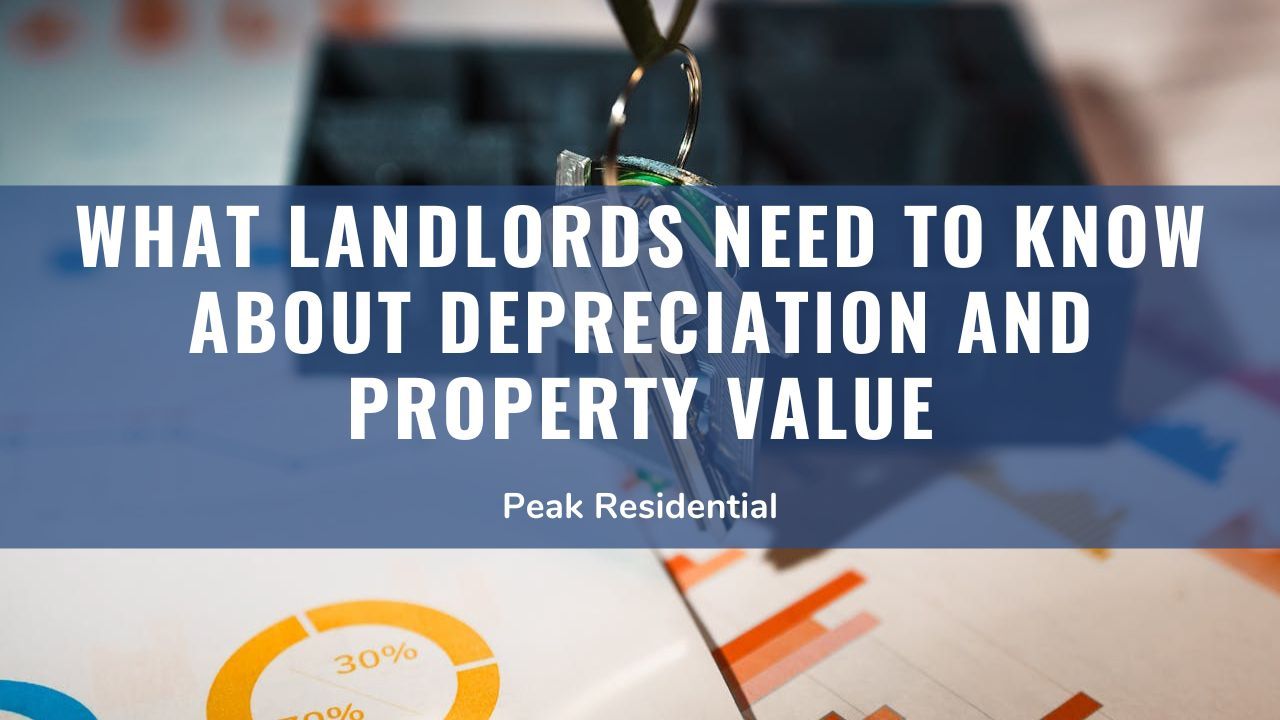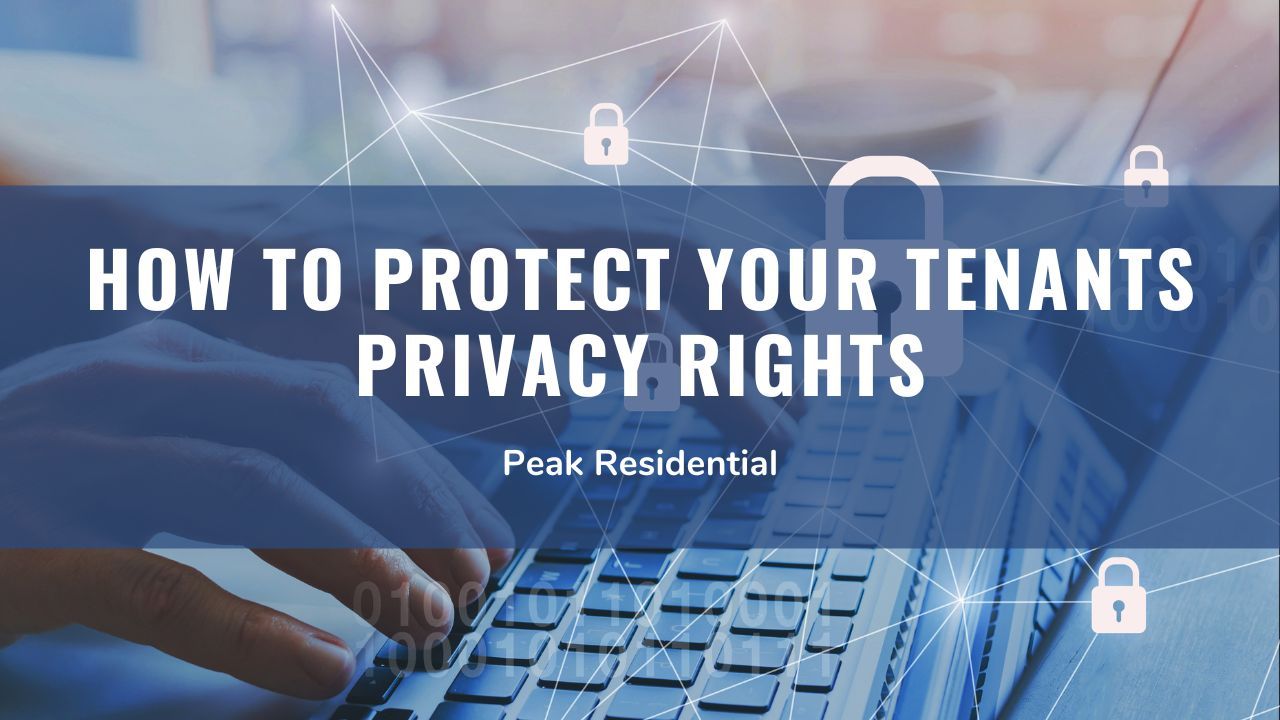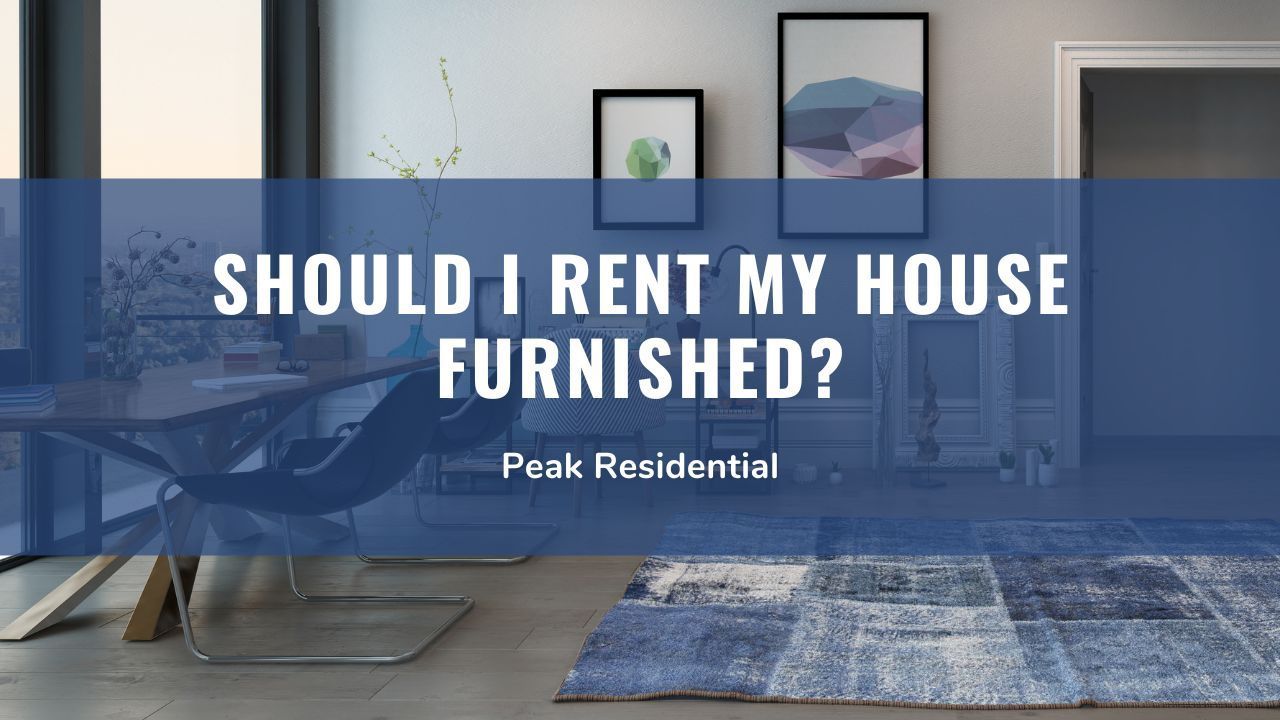
Are you contemplating whether to rent your house furnished? Renting a house furnished can have its advantages, such as attracting a broader range of potential tenants and potentially higher rental income. However, it also comes with considerations like costs associated with increased maintenance and potential wear and tear.
In this article, we'll explore the pros and cons of renting a house furnished. By the end, you'll have a clearer understanding of whether or not furnishing your rental property is the right choice for you.
Are Additional Expenses and Effort to Furnish an Apartment Worth It?
This is a common question property owners ask when deciding whether or not to furnish their rental units. While furnishing an apartment can require extra expenses and time, it also offers potential benefits. Furnished apartments can attract a specific segment of tenants, such as those seeking convenience or temporary accommodations.
They can also command higher rental rates and appeal to a wider range of potential renters. However, it's crucial to consider factors such as maintenance, potential damage, and the specific rental market in your area. By carefully weighing the costs and benefits, you can determine whether the work involved in furnishing an apartment aligns with your goals and yields a favourable return on investment.

What Does a Furnished Apartment Mean for A Landlord?
A furnished apartment refers to an apartment where the landlord provides most, if not all, of the furniture. However, the term "furnished apartment" does not come with a strict definition of what exactly is included. As a landlord, you have the flexibility to decide what items you want to include, although there are some general guidelines to consider. Here is a breakdown of what is typically expected in each room of a furnished apartment:
- Kitchen: Include major appliances like a stove, oven, and refrigerator, as well as additional small appliances such as a microwave, coffee maker, and toaster or toaster oven. It's also important to provide flatware, dishware, and cooking utensils.
- Bedroom: Furnishings should include a bed, dresser, and nightstand.
- Living Room: The living room should be furnished with a sofa, coffee table, end table, and a television.
- Bathroom: Basic amenities such as a shower curtain and floor mat should be provided.
- Dining Area: If there is a separate dining area, it should include a table and chairs. If there isn't a separate dining room, the table and chairs should be placed in the kitchen.
Some landlords may choose to go beyond these essentials and include additional items like placemats, napkins, lamps, stereo systems, alarm clocks, and artwork. Ultimately, the specific items included in a furnished apartment can vary based on personal preference and the target tenant market.
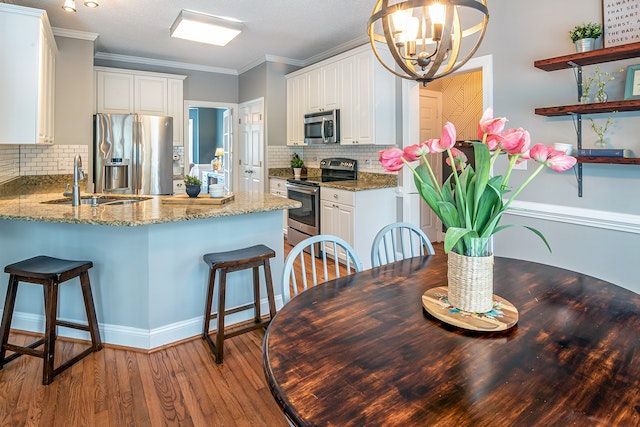
It's important to strike a balance between providing the necessary furnishings for a comfortable living space and managing the costs and maintenance associated with furnishing the apartment.
Pros and Cons of Offering a Furnished Apartment
Offering a furnished apartment for rent can be both advantageous and challenging for landlords. Let's explore the pros and cons to help you make an informed decision:
Pros
- Attract a Wider Range of Tenants: Furnished apartments have broad appeal, attracting tenants who value convenience and a hassle-free move-in experience. By offering a furnished apartment, you open up your rental property to a larger pool of potential tenants.
- Higher Rental Income Potential: Furnished apartments generally command higher rental rates compared to unfurnished units. The added value of furniture, appliances, and amenities justifies the increased cost, allowing you to potentially generate higher rental income and improve your return on investment.
- Reduced Tenant Turnover: By providing a turnkey solution, you create a comfortable living space that meets their immediate requirements. This can result in longer lease durations and lower turnover rates, reducing the time and costs associated with finding new tenants.
- Differentiation in the Market: In a competitive rental market, offering a furnished apartment sets you apart from the competition. This unique offering can be a selling point that attracts prospective tenants who are seeking convenience and a ready-to-live-in space. It helps you stand out and increase the demand for your rental property.

Cons
- Higher Upfront Costs: Furnishing an apartment requires a significant upfront investment. You need to purchase furniture, appliances, and other necessary items. The initial expense can strain your budget, particularly if you have multiple units to furnish. It's essential to carefully budget and consider the long-term financial implications.
- Increased Maintenance and Wear: Furnished apartments are more prone to wear and tear compared to unfurnished units. Tenants may not treat the furniture as carefully as they would their own, leading to potential damages and maintenance issues. Regular inspections and repairs are necessary to keep the furnishings in good condition.
- Storage and Replacement: During vacancies or when tenants prefer to bring their own furniture, you may need to get storage options for the furnishings. Additionally, over time, furniture may become outdated or damaged, requiring replacement.
- Limited Tenant Personalization: Furnished apartments offer convenience, but they limit tenants' ability to personalise the space with their own furniture and decor. Some tenants may prefer the flexibility of bringing their own belongings, and offering only furnished apartments could potentially exclude this segment of the renters market.
Bottom Line
Deciding whether or not to rent your house furnished is a personal choice that depends on various factors. Weigh the pros and cons carefully, considering your target tenant market, financial considerations, and personal preferences.
While offering a furnished house can attract a specific tenant demographic and potentially increase rental income, it also comes with added responsibilities and upfront costs. If the challenges of managing a furnished rental seem overwhelming, seek the assistance of a professional property management company like Peak Residential.
With our expertise, resources, and dedication to exceptional service, we can handle the intricacies of managing a furnished rental property, ensuring a seamless and profitable renting experience. Contact us today to learn about our management services!
